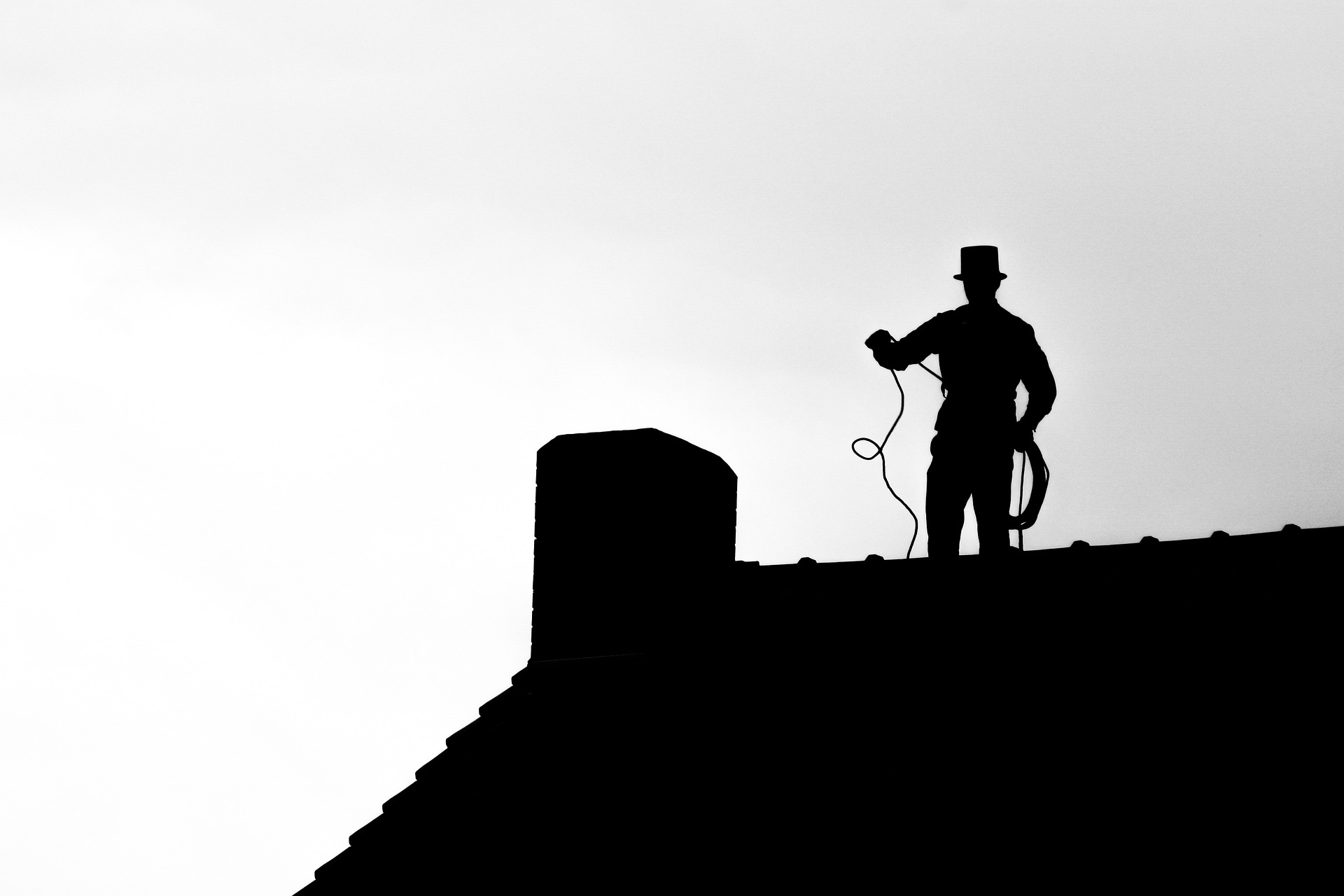Seasonal Maintenance Routines to Extend Vent Stack Lifespan
Regular seasonal maintenance helps protect vent stacks from weathering, water intrusion, and mechanical wear. By scheduling inspections and addressing masonry, flue lining, and venting components ahead of extreme seasons, homeowners and local services can reduce risk, improve draft and safety, and extend the useful life of venting systems.

Regular seasonal maintenance of vent stacks preserves structural integrity and improves performance across the year. A consistent routine reduces the chance of water penetration, mortar failure, and flue lining damage that lead to costly restoration. Seasonal checks—spring after thaw, late summer before rainier months, and autumn before heavy use—allow timely repointing, waterproofing, and creosote control. Proper attention to venting components such as caps, crowns, and flashing combined with safe cleaning practices for creosote and inspection of draft issues will prolong lifespan and improve safety.
Masonry inspection and repointing
Examine brickwork and mortar joints each season for hairline cracks, spalling, or loose units. Masonry that’s allowed to deteriorate can trap moisture and accelerate freeze-thaw damage; early repointing restores joint strength and prevents deeper problems. When repointing, match mortar composition to the original substrate to avoid stiffness mismatches that can cause further cracking. Local services or trained masons can advise on correct mortar mixes and perform targeted repointing to maintain structural alignment and protect the flue and surrounding roof area.
Flue lining and draft management
Inspect the flue lining for visible cracks, missing sections, or signs of rust if metal liners are present. A compromised lining impairs draft and increases risk of gases entering living spaces, so maintaining a sound lining is central to safety. Seasonal checks should include observing smoke behavior and draft strength during operation; weak or inconsistent draft often indicates a blockage, poor venting arrangement, or liner damage. If there are signs of failure, consult professionals for lining repair or relining options to restore safe, efficient venting.
Venting components: cap, crown, and flashing
Caps, crowns, and flashing form the first line of defense against water and pests. Caps keep out rain and animals and reduce downdrafts, while crowns shed water away from the masonry face. Check caps for corrosion or loose attachment, crowns for cracks or hollowing, and flashing for broken seals or separation from the chimney stack. Seasonal maintenance includes resealing flashing seams and repairing cracked crowns with compatible materials to prevent water from reaching mortar joints and the interior flue lining.
Creosote buildup and cleaning maintenance
Creosote accumulates in solid-fuel systems and presents both an efficiency and safety concern. Its buildup restricts airflow and raises the risk of chimney fires, so schedule cleaning frequency based on use: light seasonal use may need annual sweeping, while heavy use demands more frequent attention. Use certified sweep services for thorough removal and inspection—professionals can evaluate creosote type and advise on mechanical or chemical cleaning methods. Keep combustion appliances well-tuned and use seasoned fuel to reduce rapid creosote formation.
Waterproofing, mortar, and restoration
Waterproofing treatments protect masonry but must be breathable to allow trapped moisture to escape; non-breathable coatings can cause internal deterioration. Choose silane- or siloxane-based breathable water repellents for masonry surfaces while avoiding heavy coatings that alter vapor transmission. Restoration often begins with targeted mortar repairs and tuckpointing to restore weather seals, followed by crown repair and appropriate waterproofing. For large-scale restoration, document mortar composition and brick type to ensure compatible materials and long-term stability.
Inspection routines and safety checks
Create a seasonal checklist: exterior inspection for masonry and flashing integrity, interior appliance inspection for consistent draft and smoke flow, and a sweep or camera inspection of the flue at least annually. Check caps and crowns after winter storms, test draft performance before heavy use periods, and monitor for odors or signs of moisture inside the home. Prioritize safety tasks such as verifying carbon monoxide detectors are functional and scheduling professional inspections when structural issues or persistent draft problems arise. Local services can assist with specialized repairs and detailed camera inspections.
Regular, seasonally timed maintenance reduces the need for major restoration and prolongs vent stack lifespan. Addressing masonry, flue lining, venting components, creosote control, and waterproofing through scheduled inspections and timely repointing preserves performance and safety while limiting long-term costs.





